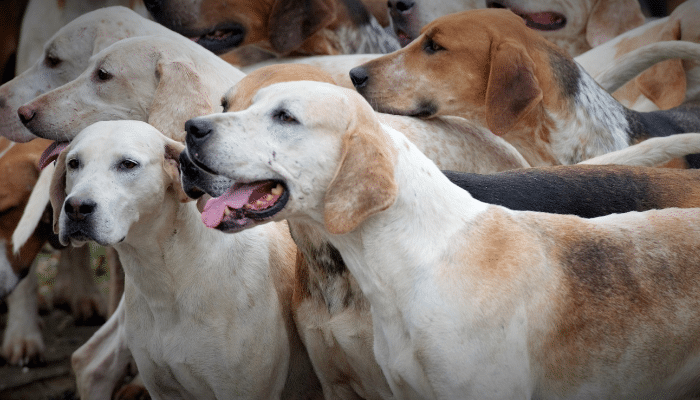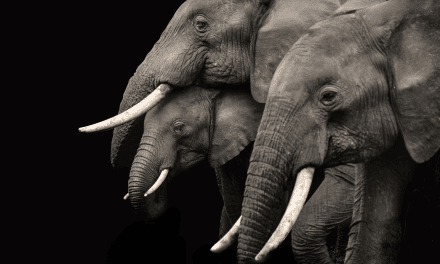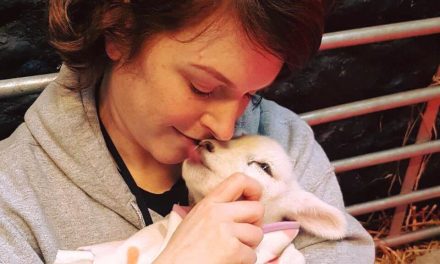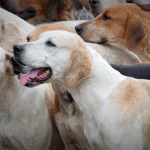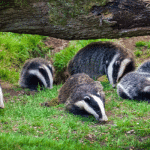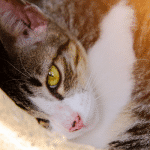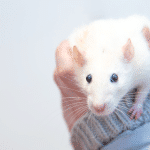The Sentencing Council has issued guidelines effective from 1 July 2023, which reflect the increased sentencing powers under the Animal Welfare (Sentencing) Act 2021 (the ‘Act’) for animal cruelty offences under the Animal Welfare Act 2006. The Act increased the maximum sentence of imprisonment for certain offences under the Animal Welfare Act 2006 from six months to five years and, as a result, cases may now be heard in either the magistrates’ court or the Crown Court, depending upon the severity of the offence.
The sentencing guidelines will shape the court’s approach to, and use of, these sentencing powers by providing judges with guidelines about how to approach cases under the Animal Welfare Act 2006. The sentencing guidelines follow a two-step decision making process. The first step sets out to determine the category of offence by means of an assessment of the offender’s culpability (high, medium or lower), and the harm caused or intended to be caused to the animal(s) (category 1, 2 or 3), both by reference to factors for each level. The initial categorising of the offence in step one indicates a starting point for sentencing and provides a range of sentences in line with the category. The court then considers further adjustment to the sentence identifying both mitigating and aggravating factors that judges are advised to take into consideration.
The UK Centre for Animal Law, the FOAL Group and Hidden in Sight suggested that animal cruelty offences committed in front of children or other animals, or with sexual motivation, should be recognised as culpability factors with increasing severity, together with the dissemination of animal cruelty through social media.
It has been recognised that children witnessing violence towards animals is harmful to both the individual child and to society[1], with a risk of normalising behaviour that runs contrary to societal values.
Committing an offence in the presence of others, especially children, was added as an aggravating factor in the guidelines, and the use of social media was also included in the non-exhaustive list. Given the severe impact of such behaviours, these factors should instead be included as high culpability factors in the initial categorisation of the offence having a direct result on the sentence range.
While certain sexual offences are captured by section 69 of the Sexual Offences Act 2003, other forms are not covered and so it falls to the Animal Welfare Act 2006 to address these in so far as it causes unnecessary suffering. The guidelines do not make any specific reference to such offences, however the Council’s response to the consultation did note that an offence involving a sexual motive or sexual abuse should be captured by the high culpability factor of ‘sadistic behaviour’. As this high culpability factor was not previously included in the guidelines, it is hopeful that this now provides an opportunity for higher sentencing of such offences.
A significant change in the guidelines was the development of three levels of harm at step one. In the previous guidelines, harm was considered as either falling within ‘greater harm’ (death, serious injury or high level of suffering) or ‘lesser harm’ (all other cases). The three levels of harm are intended to allow for more nuanced consideration of the suffering caused by an offence. Generally, category 1 looks to cover the most extreme cases, such as death and ‘very high’ levels of pain and/or suffering caused, with category 2 including offences resulting in ‘substantial’ level of pain and/or suffering caused and making specific references to tail docking, ear cropping and similar forms of mutilation. The lowest level, category 3, is intended to cover offences resulting in little or no physical/developmental harm or distress to animals. The Council’s aim for these distinctions is to maintain a balance between being broad enough to allow sentencers to use their discretion and offering clear guidance on the types of harm without narrowing the scope.
Although it is important that offences relating to tail docking, ear cropping and similar forms are now identified in the guidelines, it is possible that scaling such offences as a category 2 harm could result in sentencing with a fine. Such a penalty would not fully reflect the severe impact on the animals over their lifetime, such as lifelong problems due to the inability of the animal to effectively communicate with other animals and humans and would be a loss of opportunity for intervention through a community penalty to address the behaviour. Therefore, care must be taken in scaling offences between the levels of harm.
Whilst the guidelines are a step forward in identifying the seriousness of animal cruelty offences and look to utilise the increase in sentencing for animal cruelty offences, it could go further to ensure that the severity of the wider impacts from such offences are recognised and appropriately penalised. Given the severe societal impact of children witnessing an animal cruelty offence, or its distribution through social media, offences committed in such circumstances should be categorised as high culpability and sentenced as such, rather than be relied on as aggravating factors. There has also been no discussion on the impact upon animals witnessing the abuse of another. The Council’s response to the consultation discusses that sentencing should be proportionate to assaults on human victims, however this does not align with society’s disapproval of the deliberate infliction of serious injury to anyvulnerable group.
[1] 87th Session of the UN Committee of the Rights of the Child, report June 2021
About the author:

Rebecca Taylor
Upon qualification Rebecca has practised energy law, working in different areas of the sector and more recently moved in-house as a legal adviser for a public body. Rebecca has become involved with A-law due to her passion for animals and interest in using the law to improve the legal protection of animals.

